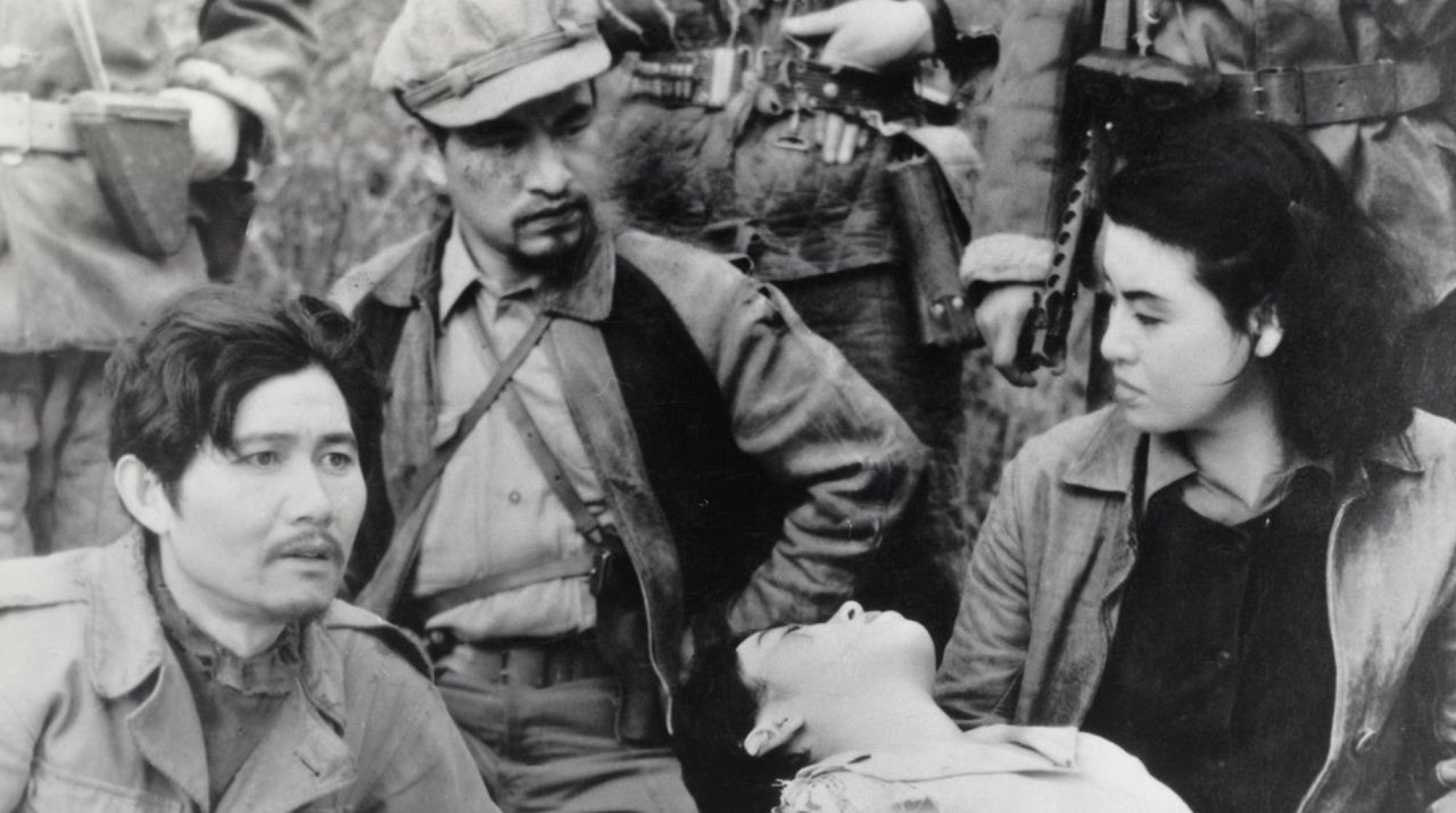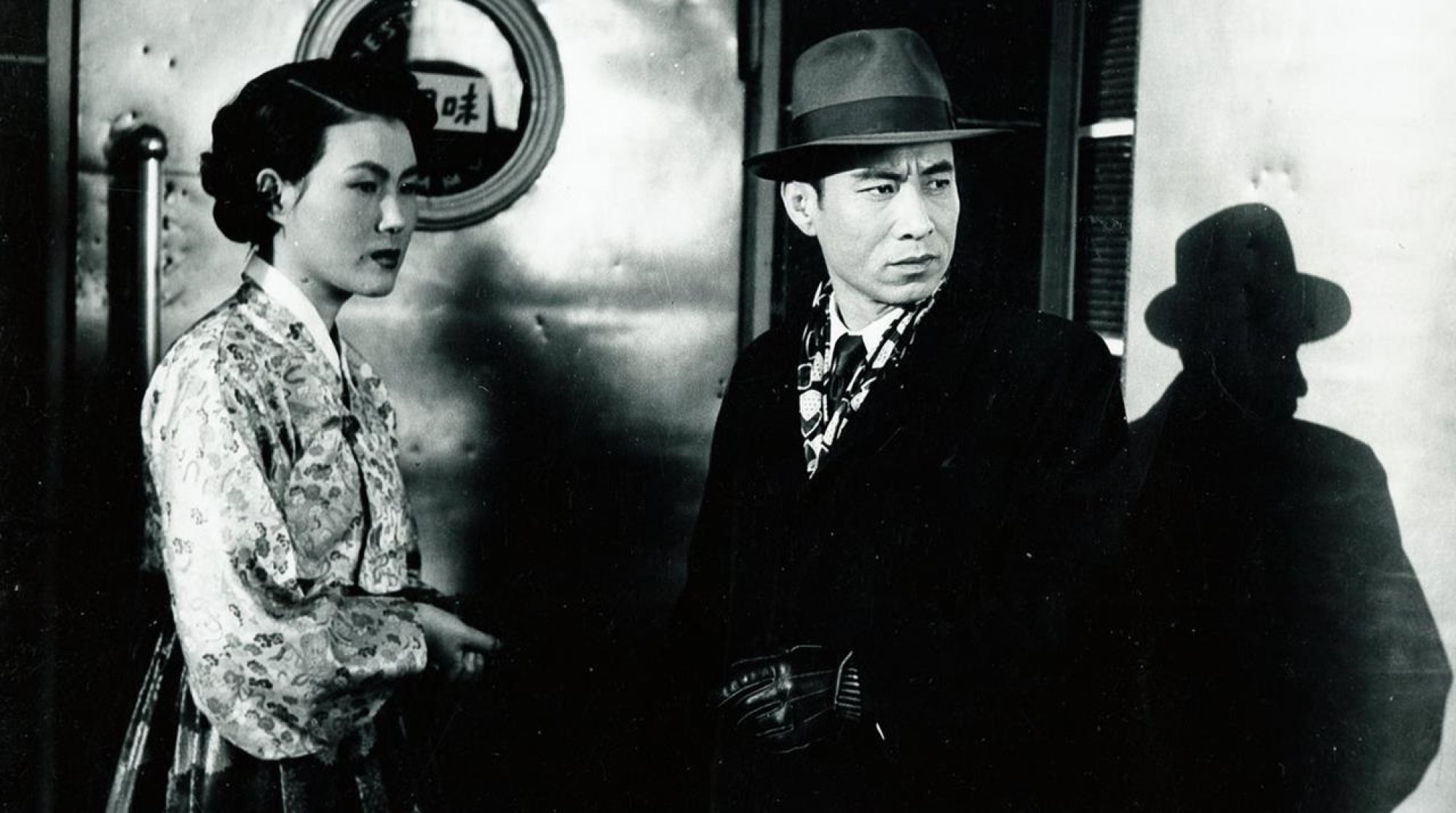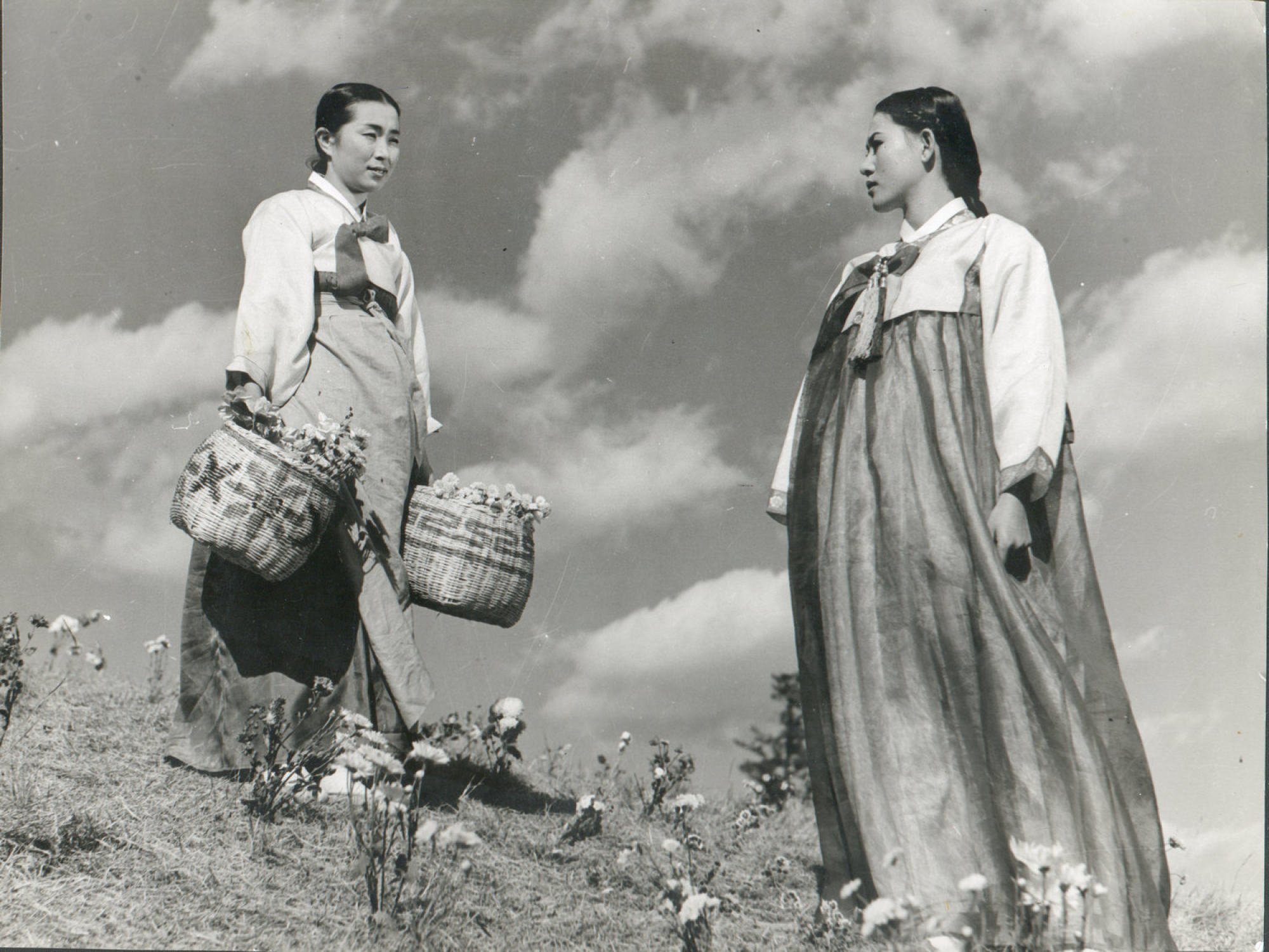
7 movies from 1950s that tell Korean cinema’s ‘unexpected success story’ showing at Far East Film Festival in Italy
- This year’s Udine Far East Film Festival, in Italy, in collaboration with the Korean Film Archive, is showing 7 films made in Korea during the turbulent 1950s
- The programme aims to introduce the world to Korean films beyond Oldboy and My Sassy Girl. A YouTube channel shows the movies for those who can’t make the event
Every spring in Udine, a charming medieval town facing the snow-capped Alps in northeastern Italy, cinephiles and filmmakers gather for the Far East Film Festival (FEFF), Europe’s grandest celebration of Asian cinema.
For this year’s 26th edition, FEFF has partnered with the Korean Film Archive (KOFA) to celebrate the latter’s 50th anniversary in a special programme, titled “50/50: Celebrating 50 Years of Korean Film Preservation”, which takes a journey through South Korea’s formative cinematic output from the 1950s.

Of course, contemporary Korean cinema did not emerge from a vacuum, and today’s Korean masters stand on the shoulders of domestic cinematic giants.
The KOFA, which was founded in Seoul in 1974, has been preserving, restoring and reintroducing historic Korean films for the past half-century.
The 10 best films from Korean cinema’s best year – 2003, the year of Oldboy
FEFF and KOFA have partnered several times before, including in 2012 for “The Darkest Decade: Korean Filmmakers in the 1970s” programme, which shone a light on an era of cinema that had until then received little international exposure.
This year’s collaboration goes back to the roots of South Korean cinema by showing seven newly restored titles that encompass the rapidly evolving cinematic landscape of the 1950s.
Korea’s film industry was still finding its feet at the beginning of the decade, following the end of Japanese occupation in 1945 and the turbulent years of the Korean war. By the end of the 1950s, however, Korean cinema had grown into a solvent and sophisticated machine, producing over 100 films a year.

As Darcy Paquet, an American film critic who has served as a programme consultant at FEFF since 2002, explains: “The 1950s were an era when the Korean film industry was decimated by war, and then forced to rebuild itself.
“It was a time of widespread poverty and struggle for the Korean people, but somehow the film industry emerged as an unexpected success story.”
“50/50: Celebrating 50 Years of Korean Film Preservation” includes the first Korean film directed by a woman (The Widow, 1955), the decade’s biggest box office hit (Madame Freedom, 1956) and a controversial work about North Korean partisans made in the wake of the signing of the armistice in the Korean war (Piagol, 1955).
The 25 best Korean movies of the 21st century
The 1950s were a time of great change in South Korea. Then, just as now, the country’s film industry strove to depict Korean society.
Paquet says: “Ordinary citizens turned to cinema not only for entertainment, but also to help them understand the turbulent era they were living through. The films of the 1950s, though lacking technical polish, reflect this spirit of change and rebirth.”
Not everyone has the opportunity to travel to Italy to see the films in this year’s programme on the big screen, but all of them are available to view free of charge – some with English subtitles – on the Korean Classic Film YouTube channel.
The channel is run by KOFA and features an extensive and regularly updated collection of Korean classics.
These are the seven titles being shown in the Far East Film Festival programme:
1. Nakdong River (1952)
Featuring images of Korea’s countryside shot during the Korean war, Nakdong River tells the story of a man who returns to his riverside home village, seeking to educate its residents, and by extension the audience. But his desire to impart knowledge hits a roadblock when the war catches up with them.
One of the few films shot during the Korean war, this important historical document falls somewhere between fiction and documentary and was recently rediscovered by KOFA.
2. Piagol (1955)
In this controversial film, a battalion of North Korean partisans roam the countryside behind enemy lines after the signing of the armistice in the Korean war.
Ideological struggles and a dark web of desire and violence feature, as well as provocative portrayals of North Korean characters. The film struggled to be granted a release in the sensitive political climate of its day.
3. The Widow (1955)

Park Nam-ok, Korea’s first female filmmaker, sadly only ever made one film, but that film, the drama The Widow, stands as one of the most progressive and accomplished Korean films of its era.
A widow struggles to raise her daughter and gets caught between her late husband’s friend who supports her, his jealous wife and a young man she longs to be with.
4. Madame Freedom (1956)

In this runaway box-office hit, a married woman is torn between duty and desire in a society beginning to embrace Western cultural attitudes. After beginning to manage a store, she steps into a dangerously seductive new world beyond her doorstep.
5. The Wedding Day (1956)

Two countryside families prepare to unite through marriage, although the bride and groom have never met. So when a rumour that the groom is lame spreads through the bride’s family’s community, an amusing calamity ensues.
6. The Flower in Hell (1958)
This bold film focuses on desperate urban characters who latch on to the post-war US military presence in Seoul through black market trade and prostitution.
7. Money (1958)
In this tale as old as time, a struggling farmer hurtles towards ruin when a gamble does not pay off and he falls into increasing debt.
Echoing Italy’s earlier neorealist works, Money is a simple and effectively told story that captures the wealth inequality of its era.

